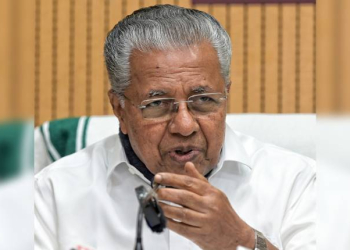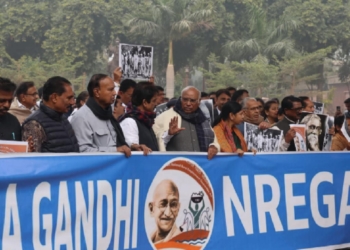New Delhi: As much as 76 per cent of the total area in India’s sedimentary basin currently being explored for oil and gas has come under active exploration since 2014, Minister of Petroleum and Natural Gas Hardeep Singh Puri has said.
Addressing the CII annual business summit here, the minister said that in the last decade the Government has succeeded in increasing the explored area for oil and gas in India’s sedimentary basin from 6 per cent to 10 per cent which would soon reach 15 per cent.
“We intend to increase India’s oil and gas exploration acreage to 1 million sq km by 2030,” he said.
The minister further stated that India’s rapidly expanding energy economy was in a robust state under the leadership of PM Modi.
He pointed out that energy security was now a strategic necessity for India in a volatile global energy landscape being shaped by geopolitical realignments, conflicts, and climate commitments.
“The size and magnitude of India’s energy sector can be gauged by the fact that in 2024-25, India imported around 242.4 million tonnes of crude oil and spent $137 billion on the imports, while increasing the number of countries we import from, to 40 from 27 earlier,” Puri said.
India has also been able to navigate the trilemma of energy availability, affordability and sustainability through the difficult times; and in doing so, while fuel prices around the world were skyrocketing, India was the only country where the prices actually came down and have remained there as a result of proactive measures implemented by PM Modi for the benefit of the citizens, he added.
Puri further stated that with key reforms and fresh thrust to growth in the sector, India is now on the fast track of growth by expanding and strengthening the energy infrastructure and implementing innovative solutions to provide momentum to green energy transition.
In this context, he mentioned that India’s ethanol blending initiative has also resulted in a significant jump. “We have increased the ethanol blending in petrol from 1.53 per cent in 2013-14 to around 20 per cent in April 2025, as we now look beyond,” he added.
(IANS)














